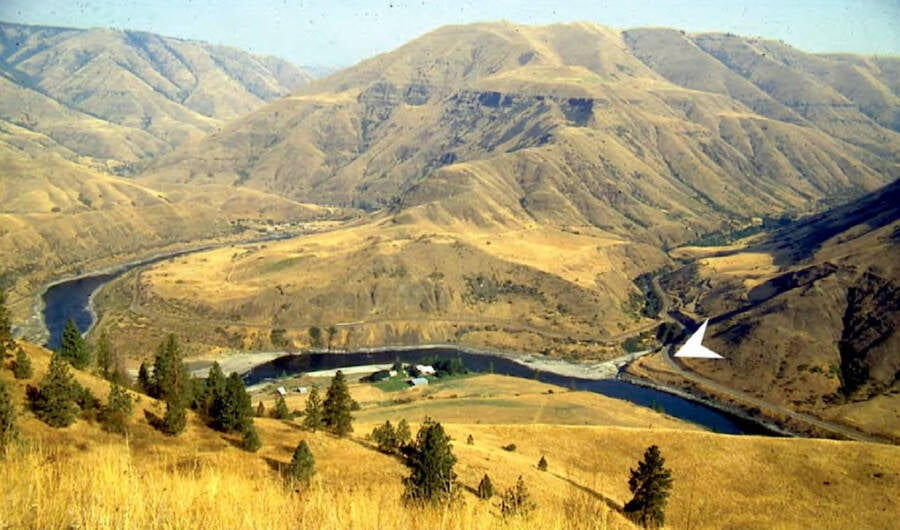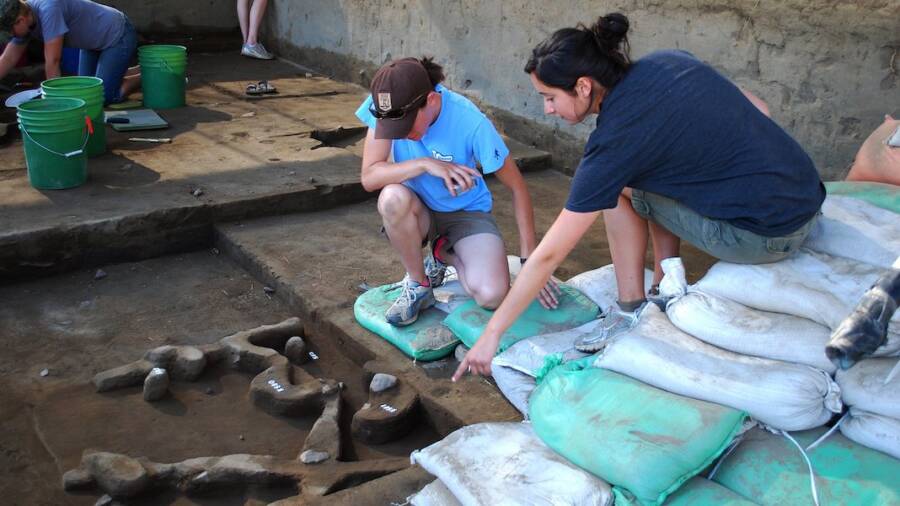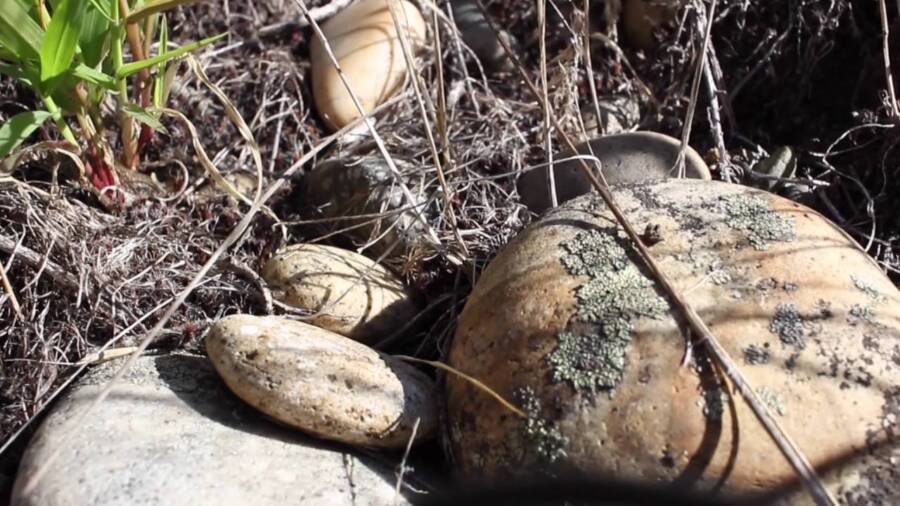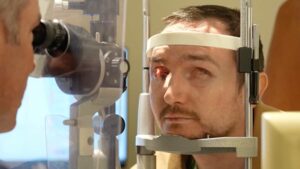Mystery Deepens: Idaho Artifacts Challenge What We Know About North America’s Earliest Inhabitants
Here’s a question for ya: What if we’ve all been wildly off about when humans first set foot in North America? I mean, picture this — instead of the classic tale where our ancestors strolled across the Bering Land Bridge around 14,800 years ago, they might’ve actually arrived a good thousand years earlier. Western Idaho’s Cooper’s Ferry site just dropped a bombshell, revealing ancient artifacts and even horse bones dating back over 16,000 years. Yes, you read that right—these early settlers might’ve been dining on extinct horses while their neighbors were still figuring out glacial retreats. But, as with all good mysteries, not everyone’s buying it. Some experts argue the dating’s a tad over-ambitious, and others shake their heads at suggestions of a Pacific Coast boat route that ties back to northern Japan. So, buckle up, because this debate on North America’s first footprints is anything but settled—and it’s reigniting some fiery discussions among archaeologists. Curious yet? LEARN MORE
New findings in western Idaho provide evidence that North America’s ancestors arrived much earlier than was previously believed. But not everyone is convinced.

Davis et alWhite arrowhead points to the exact location of the Cooper’s Ferry excavation site.
It’s widely believed that the first human settlers of North America reached the continent through the Bering Land Bridge, an ice-free landscape that connected Asia and North America after the last Ice Age around 14,800 years ago. However, new evidence suggests that the arrival of these first humans may have been much earlier than previously believed.
LiveScience reports that a team of researchers analyzed ancient remains found at the Cooper’s Ferry archaeological site located in western Idaho and found biological samples between 16,560 and 15,280 years old.
The discovery refutes the long-held theory that North America’s first humans stepped arrived some 13,000 years ago and that they did so by walking the ice-free land bridge between North America and Asia.
The excavation site has spanned 23 feet by 43 feet between 2009 and 2018. The team uncovered 189 artifacts in total, including 27 stone tools and 161 pieces of debris from the production of stone tools and weapons.
The team also found bone fragments from an extinct horse. The horse’s remains were found encircled by numerous stone tools not too far from what is believed to have once been a fire pit. This placement suggests that the early humans had killed, cooked, and ate the horse, and could be “the earliest radiocarbon-dated evidence of people interacting with extinct animals in North America.”
These finds all together, which were published in the journal Science, suggest that humans existed in Idaho around 16,000 years ago — over a thousand years earlier than when the Bering Land Bridge would have opened up.

Bureau of Land Management/FlickrThe new findings at Cooper’s Ferry have renewed debate over the migration pattern of the first human settlers.
Lead study author Loren Davis, a professor of anthropology at Oregon State University, told LiveScience that his team’s findings have “refuted the hypothesis of the ice-free corridor,” and that they lend “great support to the idea that people came down the Pacific Coast instead.”
What’s even more intriguing is that the researchers suggest some of the tools found at Cooper’s Ferry appear similar to those found in northern Japan during a similar time period.
“So one hypothesis is simply that you’re looking at the extension culturally of people that are bringing these ideas with them from northern Japan,” Davis said.
Scientists first believed that the ancient human settlers of North America and South America were the Clovis people, who arrived in the Americas about 13,000 years ago.
Cooper’s Ferry, which sits between the Rock Creek and the Lower Salmon River in western Idaho, was first excavated in the 1960s. According to oral histories from the local Nez Perce or Niimíipuu tribe, the site was once an ancient village called Nipéhe.
But later excavations across North and South America showed evidence of settlements that predated the Clovis people. One example is the archaeological site of Monte Verde in Chile which holds artifacts that date to between 14,000 and 19,000 years ago.
Scientists thus already knew that the early humans of America had arrived much earlier than what was previously believed. Now, they’re trying to figure out how much earlier it was.
This may prove more difficult than expected. Although the new study pegs the arrival of the ancient settlers in North America to be at least 3,000 years earlier than the original hypothesis, there are some who have their doubts about the latest findings.
John Hoffecker, for one, a fellow at the Institute of Arctic and Alpine Research at the University of Colorado and who was not part of the new study, believes that the paper’s authors have “exaggerated the results of the dating,” estimating that the earliest occupation of Cooper’s Ferry was likely much closer to 15,000 years ago.













